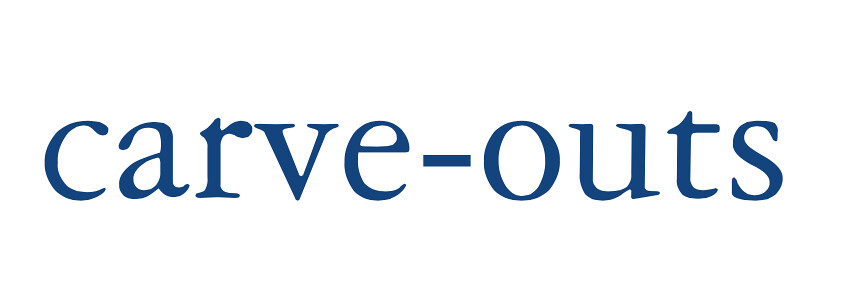The Biggest Challenges ‘Carve-Outs’ Face and How to Overcome Them
 The challenges many businesses face today can grow extremely complicated, even as technology advances to make their work easier.
The challenges many businesses face today can grow extremely complicated, even as technology advances to make their work easier.
Many industries have their own problems to deal with, but one in particular faces unique issues many others don’t encounter. The mergers and acquisitions market, as part of the private equity industry, face challenges typical to that of other markets, but that’s in addition to the challenges that specifically arise from their line of work. In this case, carve-outs are in an interesting position where a lot of money can be gained, but formidable obstacles must be overcome.
Carve-outs may be an unfamiliar term to most. Essentially, they are a new company that is formed from a separate business unit or assets from a larger organization. As such, the problems they are likely to face require special knowledge and expertise to properly deal with.
As can reasonably be assumed, carve-outs have the potential to grow since that is the reason they were separated in the beginning, but the initial stages of their existence can be rocky, to say the least. This is often referred to as the transition stage, and the goal is to make it as seamless as possible, continuing the company’s operations without a hiccup.
Of course, this is much easier in principle than in practice. That’s why carve-outs need to secure a transactional services agreement (TSA). This agreement is reached with the seller and ensures that the seller will continue to provide services for a predetermined period of time (usually until the carve-out can operate on its own). The services to focus on are those that are the most critical to the new business. Without a TSA, carve-outs will likely flounder, accruing more costs than anticipated and performing below standards.
There are times, however, when TSAs aren’t acquired. This doesn’t mean a carve-out is doomed to failure, but other options must be pursued. One of the best is to take to the cloud. Adopting cloud computing can actually solve several challenges many carve-outs face, especially if TSAs aren’t part of the equation. Some carve-outs may be formed with no systems at the ready while still being required to take legacy data and transfer it to a new platform. Creating new systems would simply take too much time, so the best choice is to use the cloud.
By adopting a cloud computing platform, new systems, backups, and storage services can be provisioned in a short amount of time. Using the cloud essentially avoids the costly and time-consuming work of creating new platforms and systems and ensures the carve-out is operating as quickly as possible.
Using the cloud also helps with the issue of stability. Any transition can go through rough patches, but cloud ensures more continuity through its overall stable nature. Without this stability, growth can’t happen, and if there’s no growth, the carve-out will likely fold. This is especially important since the construction of new platforms can lead to instability, with time needed to work out the problems before achieving the desired results.
Connected to that is the already mentioned challenge of growing the carve-out. Once the transition has been made, it’s up to the new company to expand and grow as big and as fast as possible. This challenge can be met once again with the cloud since the cloud itself can be scalable and agile. If the company grows, the cloud is ready to grow right along with it.
This is particularly valuable for carve-outs because using up resources to expand their own systems could end up harming their growth rate. Instead, cloud computing helps carve-outs by featuring on-demand provisioning, a low cost solution to help sustain growth in the present and in the future.
When it comes to carve-outs, the name of the game is growth and future success. The challenges they face, however, make this a difficult goal to achieve. Luckily, the solutions are there if company leaders wish to embrace them. With these ideas and solutions in mind, carve-outs can look beyond TSAs and what is cloud computing to better enhance what they offer and provide for growth well into the future until the time to sell has been reached.




